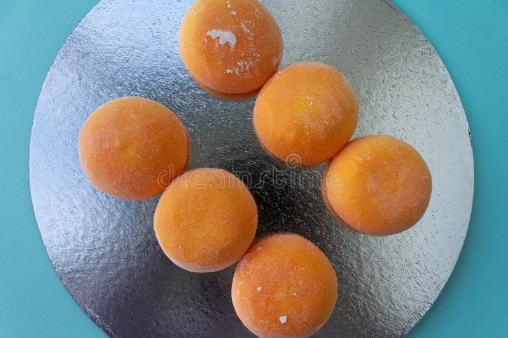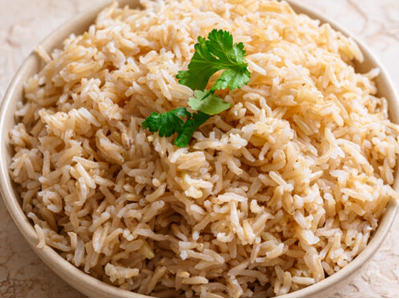Meta Description (150 characters):
Is mochi gluten free? Learn ingredients, safe brands, cross-contamination risks, and tips for gluten-free mochi lovers with this detailed guide.
Introduction

Mochi has become a popular treat around the world for its soft, chewy texture and unique sweetness. Whether enjoyed plain, filled with ice cream, or used in desserts and drinks, this Japanese delight has won millions of hearts. But with the growing number of people avoiding gluten due to allergies, sensitivities, or celiac disease, the question naturally arises — Is mochi gluten free? The simple answer is yes, traditional mochi is naturally gluten free. However, not all mochi products are created equal, and there are certain details you should know before consuming it if you follow a gluten-free lifestyle.
What Is Mochi Made Of?
Traditional mochi is made using a single main ingredient — glutinous rice flour, also known as mochiko. Despite the name, glutinous rice does not contain gluten. The term “glutinous” refers to the sticky texture of the rice when cooked, not gluten protein. This rice is finely ground, kneaded, and pounded to form a stretchy dough. Sugar and water are typically added during preparation, and sometimes cornstarch is used for dusting to prevent sticking. These core ingredients are naturally gluten free and safe for most people who avoid gluten.
So, Is Mochi Gluten Free?
Yes, mochi is gluten free when made traditionally with pure glutinous rice flour. The chewy texture comes from sticky rice starch, not gluten. This makes mochi an excellent dessert choice for people who cannot consume wheat-based sweets. However, the gluten-free status depends on how and where the mochi is made. Packaged mochi or restaurant versions may include extra ingredients, flavorings, or additives that could contain gluten. Cross-contamination in factories or kitchens can also be a concern for those with celiac disease.
When Mochi May NOT Be Gluten Free

Here are situations where mochi might not be gluten free:
- Added flavor powders that include wheat
- Fillings like cookies, cakes, or cereals mixed inside
- Soy sauce-based toppings (some soy sauces contain wheat)
- Mochi ice cream with gluten-containing ingredients
- Manufacturing facilities that process wheat products
If you are sensitive or allergic to gluten, always check ingredient labels and allergen warnings. Many brands clearly mark gluten-free options, but if it doesn’t say so, it’s safer to verify.
Read also:-Oats Recipe: Simple, Healthy, and Delicious Meals
Types of Mochi and Gluten Considerations
There are several types of mochi, and their gluten content may vary:
Plain Mochi
Made only with glutinous rice flour, sugar, and water. Almost always gluten free.
Mochi Ice Cream
Often safe, but some flavors may include gluten mix-ins like cookie crumbs or cake pieces.
Daifuku Mochi
Soft mochi filled with sweet red bean paste. Normally gluten free unless flavored varieties add wheat-based ingredients.
Flavored Mochi (matcha, strawberry, chocolate)
Usually gluten free, but some flavoring powders can contain wheat fillers.
Store-bought Mochi Snacks
These may have preservatives or coating ingredients that contain gluten.
Always read packaging carefully when unsure.
How to Make Gluten-Free Mochi at Home
Making gluten-free mochi at home is simple and gives full control over ingredients. Use glutinous rice flour, sugar, and water. Steam or microwave the mixture until sticky and stretchy, then dust with cornstarch. Homemade mochi guarantees no hidden gluten ingredients and avoids cross-contamination. Making your own also allows creative fillings like peanut butter, red bean paste, or fruit puree, keeping everything gluten safe and customizable.
Tips for Buying Gluten-Free Mochi
- Look for “gluten-free” on the label
- Avoid flavored varieties without ingredient clarity
- Choose brands that specialize in rice-based snacks
- Check allergy warnings for shared equipment
- When in restaurants, ask about ingredients and preparation surfaces
People with mild gluten intolerance may be fine with regular store mochi, but individuals with celiac disease should only choose certified gluten-free products.
Health Benefits of Mochi

Apart from being gluten free, mochi is:
- Low in fat
- Made from natural rice
- A good source of energy
- Free from dairy (in most traditional recipes)
However, it is calorie-dense and very chewy, so moderation is important, especially for those watching sugar intake.
Conclusion
So, is mochi gluten free? Yes — traditional mochi is naturally gluten free, thanks to glutinous rice flour, which contains no gluten at all. However, modern packaged products and flavored versions may introduce wheat-based ingredients or face cross-contamination risks. If you follow a gluten-free diet, always read labels carefully or prepare it at home for peace of mind. With the right precautions, you can enjoy the delightful chewiness, subtle sweetness, and comforting texture of mochi without worrying about gluten.
FAQs
Q1: Is traditional mochi gluten free?
Yes, traditional mochi made with glutinous rice flour is gluten free.
Q2: Is mochi safe for celiac disease?
Yes, but only if it’s certified gluten free and not processed in facilities with wheat.
Q3: Does glutinous rice flour contain gluten?
No, it contains starch, not gluten protein.
Q4: Are mochi ice creams gluten free?
Many are, but flavors with cookie or cake mix-ins may contain gluten.
Q5: Can you make mochi without gluten?
Absolutely — homemade mochi is naturally gluten free and easy to prepare.

